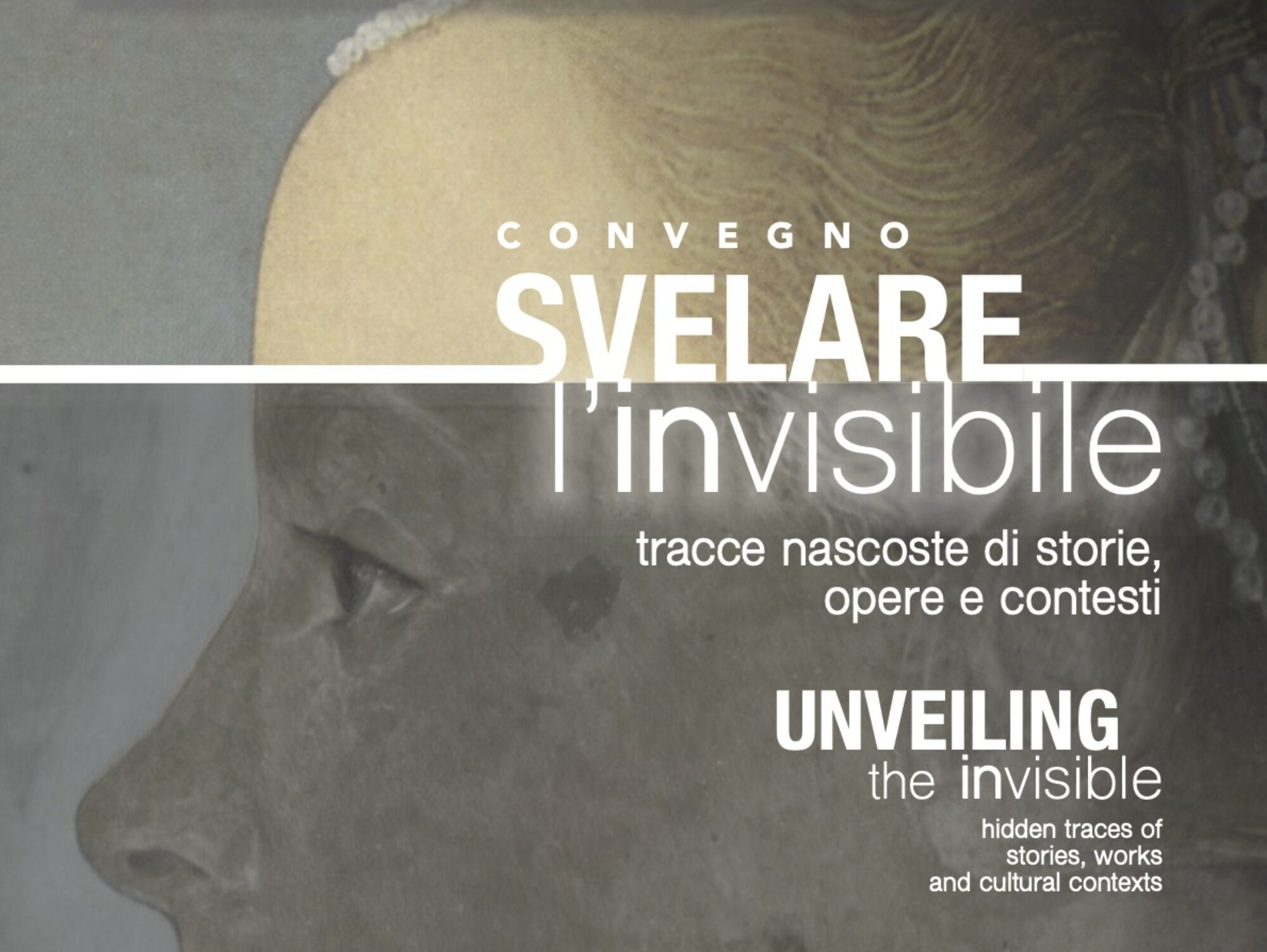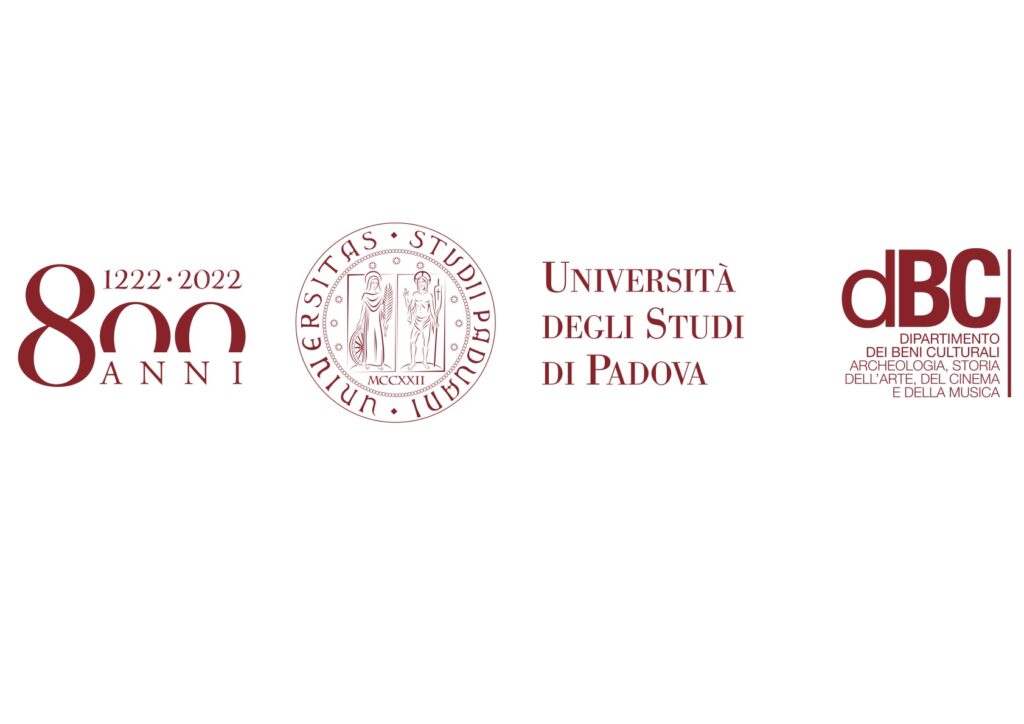On the margins: hidden realities and alternative histories
Eliana Bridi (Università degli Studi di Padova)
Beneath the surface: the sewage network of Roman Verona
Wastewater management has always been an essential element for the functioning and well-being of a city. This necessity led to the organized and rational construction of an invisible system of underground canalizations, hidden beneath the streets and the floors of houses and buildings. In the years following its foundation as a municipium and during the construction of the new urban structure within the Adige River meander, the city of Verona was provided with canalizations and cloacae for the disposal of water, as attested by an inscription recovered at Porta Leoni. Nevertheless, in the field of studies regarding Verona in the Roman Age, little attention has been paid so far to the urban sewage system. Through the analysis of the available literature, which is the product of numerous archaeological investigations carried out from the 19th century to the present, this contribution aims to examine the evidence related to the wastewater management of the city; this will allow for a more holistic and structured view of the whole sewage system. The object of this study will be, firstly, the overall distribution of the attested canalizations, to reconstruct the extension and structure of the urban sewage network. The contribution will then focus on the individual conduits and on their dimensional, material, and constructive aspects. These data, conveniently systematized and combined with the geomorphologic and altimetric study of the city, are in fact the basis for defining the hierarchy and functioning of the entire sewage network. In conclusion, the contribution aims to bring to light those structures (most of which are no longer visible today) belonging to a system which was, by its very nature, hidden. This analysis offers relevant insights on the urban structure of Roman Verona, on the knowledge and technical skills of Roman engineers, and on some aspects of the urban daily life.
Serena Bellotti (Università degli Studi di Udine)
Beyond the Frame
My presentation’s goal is to shift the focus from the images impressed on film – the same ones projected on screen – to the information beyond the boundaries of the frame area, normally visible during projection but crucial both for the restoration of the film as well as for reconstructing its history. This marginal information (ink annotations, shape of the matte, presence and types of splices, the film manufacture’s edge codes, etc), properly called in such a way because it is found between the perforations on the film edges, as a matter of fact allow for a more exhaustive reconstruction of the filmic text and for an investigation of the shooting, printing, and editing habits of the various print and development labs that led to the creation of the film.The use of continuous edge-to-edge scanning made carrying out this type of investigation (I.e., the inspection phase) possible despite access to materials was limited due to the lockdown and Covid-19 restrictions. To this date, this type of scanning has certain limitations that still induce the use of analogic artifacts inescapable. I will demonstrate this in my talk through examples taken from two case studies of film reconstruction: La battaglia dall’Astico al Piave (Regio Esercito, 1918, 35mm, tinted and toned, mute) and Spedizione Franchetti nella Dancalia (Mario Craveri, 1929, 35mm, b/n, mute).
Greta Boldorini (Università degli Studi di Padova)
Carla Lonzi and the Nineties: Notes for a Forgotten History
Carla Lonzi (1931-1982) was an art critic and a leading exponent of Italian feminism. For more than a decade, she has been the focus of renewed attention from scholars and art critics, such as Raffaella Perna, Lara Conte, and Laura Iamurri, and from artists of the new generation, as evidenced by Silvia Giambrone and Chiara Fumai. Activated certainly, among other reasons, by the republication of all her texts that were largely now unavailable and out of print, the new visibility enjoyed by the figure of Carla Lonzi is confirmed by the creation of several recent exhibitions that have attempted to verify the topicality of her thought: Io dico Io (The National Gallery, 2021), Il soggetto imprevisto (Frigoriferi milanesi, 2019), Doing Deculturalization (Museioin, 2019). Midway between the decade of the 1970s and the renewed interest that is characterizing this last decade, the decade of the 1990s has so far been neglected by studies. The paper aims to propose a reconstruction of the reception in the 1990s of the thought of Carla Lonzi by trying to identify which of her two souls and her twofold radicality is received: the feminist one or that of art criticism. Through a specific focus on the artistic context, thus omitting here the purely feminist one, some illustrative cases of such reception will be provided: the book rrragazze published in 1996, a true remake of Autoritratto (De Donato, 1969); the room dedicated to Carla Lonzi curated by Anne Marie Suzeau Boetti within the Venice Biennale in 1993. The contribution intends to reknit the threads of a removed part of history that unites Carla Lonzi, feminism, and the history of art in Italy and that is worthy instead of being brought back to light.
Romina Zanon (Università degli Studi di Padova)
The forgotten archive of Marcella Pedone: photographs and films of an identity journey through the landscapes of a lost Italy
This proposal is part of an articulated research project (started in 2018 within the “Traveling Identities” Departmental Development Project promoted by the Department of Cultural Heritage of the University of Padua) aimed at analyzing and enhancing the artistic production of the photographer and experimental cinematographer Marcella Pedone (Rome, 1919): a demo-ethno-anthropological corpus consisting of 170.000 color photographs and eighteen 16 mm films aimed at crystallizing in image the Italian identity of the period 1950- 1990. During her long career, the artist comes to outline, like perhaps no other photographer of her generation, the complete portrait of an entire nation in its landscape, social, economic, and folkloric components. Pedone, through a humanistic and demo-ethno-anthropological gaze, paints the Italian landscape and society in images capable of witnessing the profound transformations of a country that leaves behind an archaic and rural past to renew itself in an identity modernized by progress technical-industrial determined by the “economic boom of the Italian miracle”. In this perspective, the research – which has the “value of discovery” since it represents the first attempt at a historical-critical reconstruction of Pedone’s artistic story – aims to historicize the photographic and film archive of the author in the system of contemporary images through tangents, relationships, interdisciplinary connections and to fill the evident historiographical gaps that have pushed the professional life of Pedone to the margins of the art system, despite the indisputable uniqueness that characterizes her production (the production of polychromatic images in a time when photography was “dressed” exclusively in black and white and the methodological approach of her documentary practice that led her to travel extensively throughout the country to exercise a profession that was considered purely male at the time).
Chiara Andreatta (Università degli Studi di Padova)
Invisible artifacts and domestic worship: the terracotta arulae. Two pompeian examples from the excavation at the upper level of the Sarno Bath Complex (VIII 2, 21)
Within the wide range of objects collected under the instrumentum domesticum label, lies a category of terracotta artifacts, sometimes difficult to distinguish and recognize, which testify ritual practices connected to the worship of deities linked with the protection of house and family. This paper focuses on the arulae, clay objects reproducing, in a small-scale, monumental stone altars, used to burn small libations or fragrant essences as part of domestic rituals involving prayers and offerings, typically addressed to Lares, Penates or the goddess Vesta. The lack of attention traditionally dedicated to this class of materials, both in museum exhibitions and in the oldest scientific papers, results from the poor artistic value attributed to them and from the difficulty of a correct identification, especially for fragmented or incomplete exemplars. For these reasons, those artifacts can be considered “invisible” objects through which fleeting but founding social practices can be reconstructed. The present paper aims to illustrate typology, production chronology and hypothetical use of two incomplete arulae found during the 2018-2019 stratigraphic investigation in Pompeii, at the upper level of the Sarno Bath Complex. These objects, exceptionally preserving traces of polychromy, represent the concrete outcome of religious practices which do not leave any other archeological traces and are closely related to the immaterial – and hard to reconstruct – field of the domestic rituality. Moreover, in this particular case, the two objects under investigation provide the precious evidence of living phases no longer visible, dating between the end of the II and the beginning of the I century BC and of domestic religious practices probably performed by those who lived into the two previous domus brought to light beneath the current big house of the civic 21.

